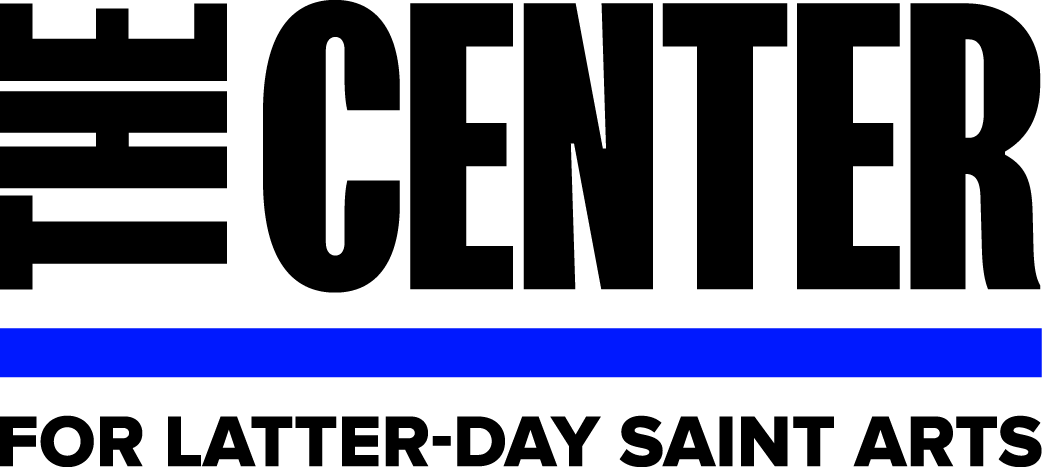May 26-June 1: D&C 51-57
“A Faithful, a Just, and a Wise Steward”
Don Kilpatrick III (American, born 1974)
The Two Wolves (2017)
Relief carving on shoe sole leather, Oxford shoes, men’s U.S. size 10.5
Collection of the artist
Artist’s website
Used with permission of the artist
A revelation for W. W. Phelps in D&C 57 commanded him to establish a printshop, “…let my servant William W. Phelps be planted in this place, and be established as a printer unto the church” (D&C 57:11). In that period in America, printing was done using the same kinds of technologies that had existed since Guttenberg and others developed moveable type. In the 19th century, lithography was catching on in Europe, but for a number of reasons, it took some time to be adopted here. Early publications by the church including broadsheets, pamphlets, and newspapers were created in a printshop by skilled workers setting letter by letter into a chase, rolling ink, putting it through a press, and so forth.
The artist and printmaker Don Kilpatrick created an art work that is, conceptually, a walking printshop. He writes about the work, “It is a pair of shoes that I learned how to resole, and then I carved into them with the same woodcut tools that are used for my normal woodcuts or linocuts for relief printmaking. I also wanted to experiment with the idea of using the weight of my body like a printing press to print from them while wearing them. I titled this piece The Two Wolves. I based it off of a conversation with a friend who shared with me the story of an older Native American grandfather telling his grandson about how there are two wolves fighting in his mind. One symbolizes all that is bad, and the other, all that is good. The grandson then asks, "Which one will win the fight?" to which the grandfather replies “The one I feed the most.’”
Gospel Questions
Our entire scripture study is focused on following Jesus, "Come, Follow Me." If Jesus had something carved in the soles of his sandals like the shoes made by artist Don Kilpatrick, what do you think you would see in the pattern in His footprints that would guide your steps? ("I will give unto you a pattern in all things, that ye may not be deceived," D&C 52:14.)
We no longer specifically live the Law of Consecration described in D&C 51 as a Church. Nevertheless, we remain bound by its overarching principles: "And let every man deal honestly and be alike among this people" (D&C 51:9; see also: "And remember in all things the poor and the needy, the sick and the afflicted, for he that doeth not these things, the same is not my disciple," D&C 52:40). How does your management of your material stewardship reflect this honesty and oneness with those around you?
Jesus explains that to be saved, we have to endure to the end (D&C 53:7). What do you do to maintain this necessary persistence? ("Life is to be enjoyed, not just endured," President Gordon B. Hinckley, "Stand True and Faithful," April 1996 General Conference.)
For Children
Hi. What if you wore Don Kilpatrick’s art making shoes for a while? Every step would be a work of art. What would happen as you tracked through the snow? If you walked in a puddle of mud, what kind of trail would you leave behind?
Art Project
Don’t take a sharp instrument to the soles of your shoes like this artist did, but you can make a print block really easily that can become a printmaking tool. Potatoes make an excellent material for this. Once you cut away the part of the image you don’t want—have an adult help you to make sure you are safe—it becomes like a rubber stamp. These can be shapes, images, and letters. There are many examples of this activity online, but a favorite is a short video by the Metropolitan Museum of Art using only potato, paper, pencil, paint, and a paperclip.




